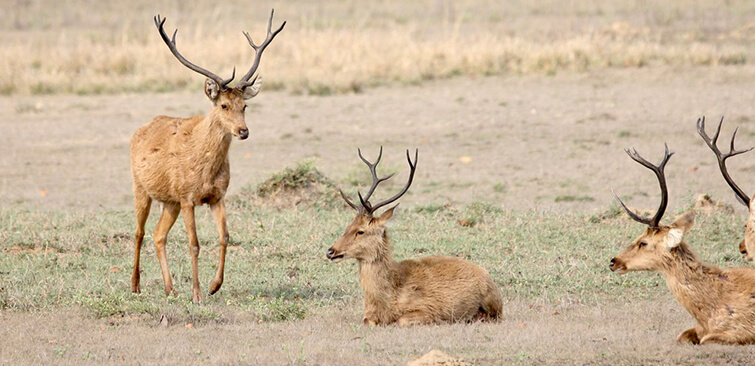
06 Mar, 2020
Swamp Deer (Barasingha) Brought Back from Extinction at Kanha National Park
The hard ground swamp deer, popularly known as Barasingha in India, which was once close to extinction in Kanha National Park in Madhya Pradesh, has been saved through a successful breeding program and conservation practices. After five decades of dedicated and efficient conservation work, the population of swamp deer in Kanha National Park is 800.
Once close to extinction, rescued by successful conservation practices
The Southern Swamp Deer, a subspecies of Barasingha, is found exclusively in Kanha National Park. However, through the years, their numbers kept on decreasing due to rampant hunting, habitat loss and diseases. In 1953, the number of southern swamp deer was 551, according to a report published in the fortnightly magazine, DownToEarth. This declined to 66 in 1967, a shocking state of affairs which brought it on the verge of extinction.
It was only because of successful, consistent and dedicated conservation work that the population of the southern swamp deer increased to 450 in 2015, and 800 in 2020. This is a major achievement, one that deserved to be applauded. L Krishnamurthy, field director of Kanha National Park and Tiger Reserve, who has contributed a lot towards the swamp deer’s conservation, said, “One can see a herd of 10-20 deer roaming in the fields and meadows".
Translocation of Southern Swamp Deer - Mixed Results
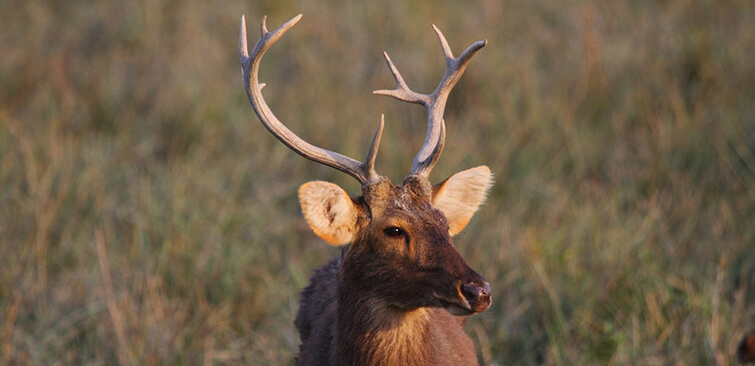
Although conservationists have tried to translocate the southern swamp deer to other habitats, the result hasn’t always been a successful one.
An example of this is the translocation of swamp deer being translocated to Bandhavgarh National Park in early 2000, which was largely a failure. Similarly, in March 2019, four swamp deer died due to stress when they were being translocated from one zone to another in Satpura Tiger Reserve. This failure isn’t just limited to India. Nepal too, tried location, but met with failure. In 2017, seven swamp deer were translocated from Shuklaphanta to Chitwan National Park. However, in the following year, in March 2018, six of them died due to stress, with the translocation program being postponed.
Satpura Tiger Reserve is a good example of the mixed results of translocation of swamp deer. Although four swamp deer died in 2019, their numbers have gradually increased since 2016, when they were introduced to the park for the first time. L Krishnamurthy, field director of Kanha National Park and Tiger Reserve, says, “We have introduced 46 swamp deer since 2016 in two parts of the tiger reserve and it has responded well,” Krishnamurthy said. There were 33 swamp deer translocated in 2016 and another 13 translocated in February 2020. “The numbers increased to 80 in January 2020".
A little about the southern swamp deer
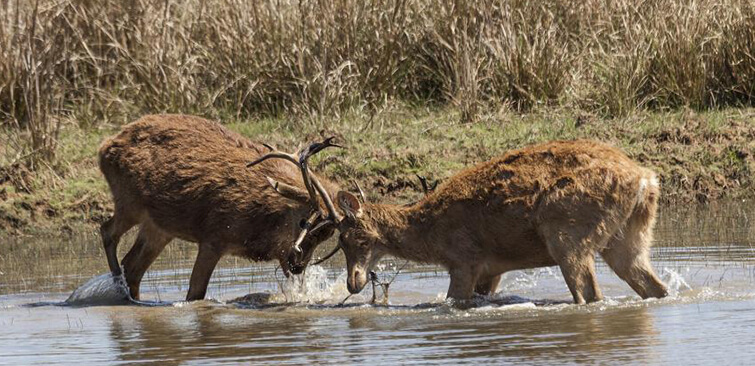
The hard ground swamp deer, more popularly known as Barasingha, is the state animal of Madhya Pradesh. Three subspecies of southern swamp deer are found in the Indian subcontinent. These are the western swamp deer (found in Nepal), southern swamp deer (found in central & north India), and eastern swamp deer (found in Kaziranga and Dudhwa National Parks). Of these, the southern swamp deer have hard hooves and are adapted to hard ground, while the other two species are found in swampy areas.
Due to fears over the deer being wiped out, conservationists are trying to translocate them to other habitats. In early 2000, swamp deer were translocated to Bandhavgarh National Park, also in Madhya Pradesh, but it didn’t work out.
“There is a persistent fear that this species of deer is unable to get into dense jungle due to the complex 12 tines of its antlers. It is also highly inbred,” Krishnamurthy said.
Later, it was introduced in the Satpura Tiger Reserve in 2016, where its numbers are increasing.
“We have introduced 46 swamp deer since 2016 in two parts of the tiger reserve and it has responded well,” Krishnamurthy said. There were 33 swamp deer translocated in 2016 and another 13 translocated in February 2020. “The numbers increased to 80 in January 2020,” Krishnamurthy who monitored the whole relocation and conservation process, claimed.

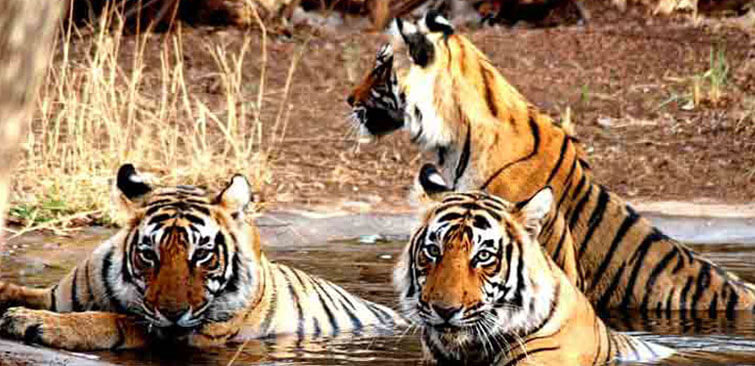
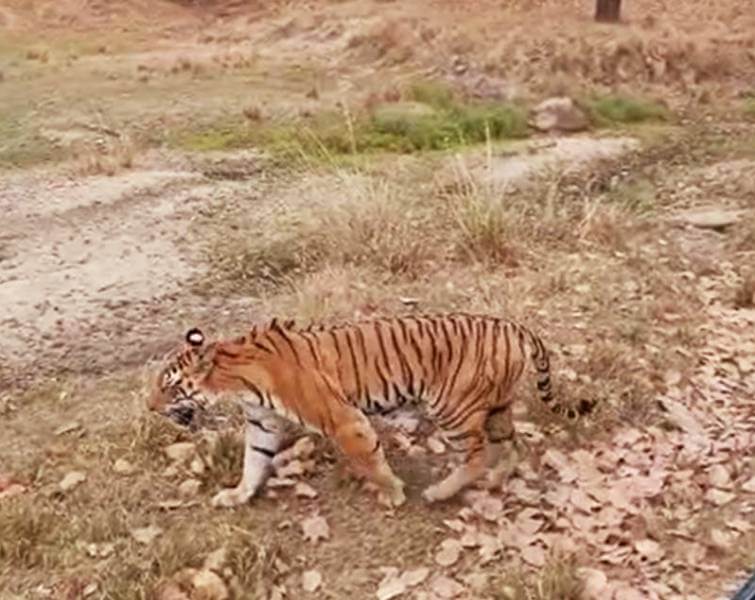
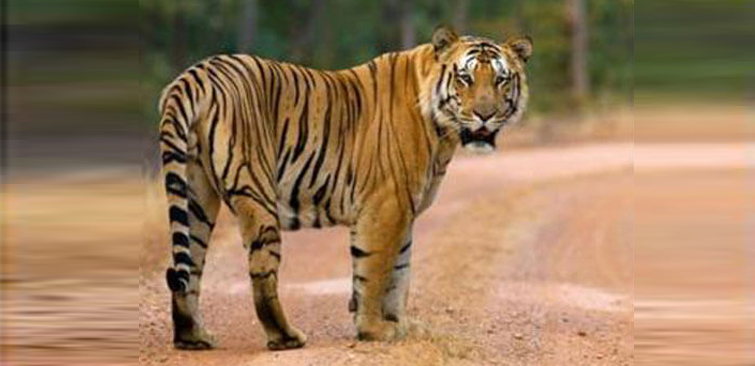
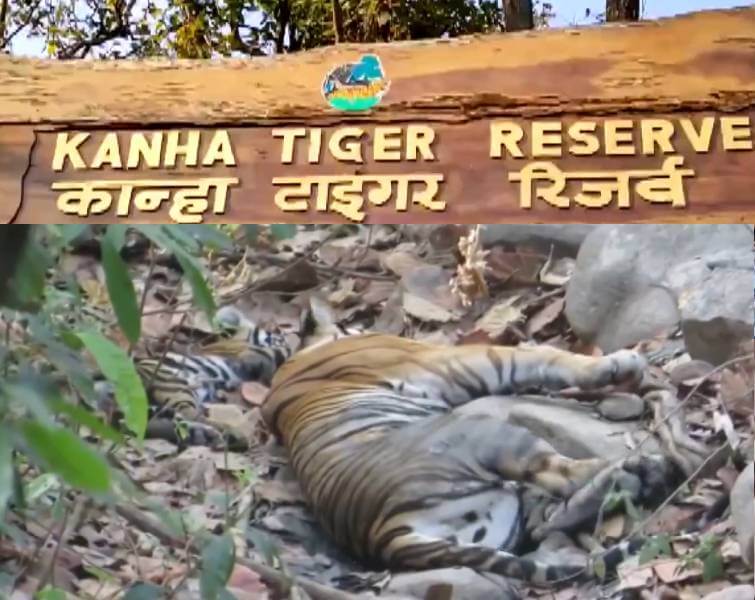
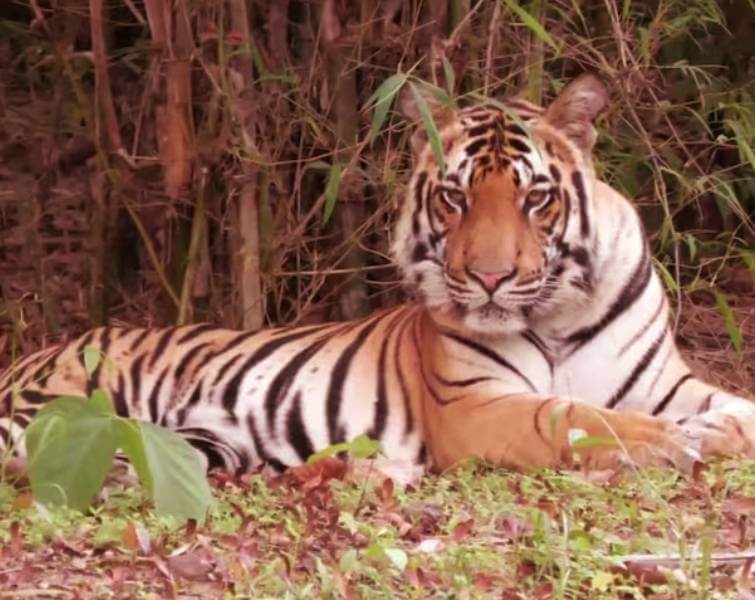





 Share
Share Home
Home Packages
Packages Book Now
Book Now